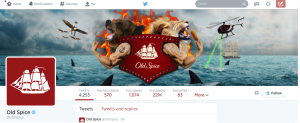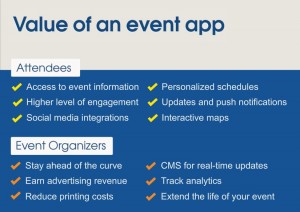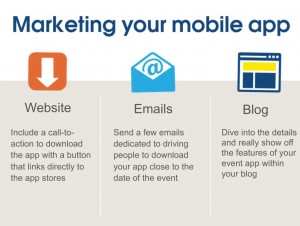Build your social media brand with a human touch
Imagine a small boutique with all sorts of handmade eclectic wares – everything from candles made of beeswax and sculpted into beehives to beautiful jewelry made out of antique silverware.
The bell above the door jingles as you step into the sweet-smelling boutique. You begin looking through the items on the shelves, pick something out and bring it up to the cashier.
“Greetings, patron,” the cashier says with a blank look on their face. “I entrust your experience in our establishment was pleasant and effective.”
You look around, wondering if there’s an actual human being around, or only this drone-like person in front of you. Uncomfortable, you pay for your item and turn to leave.
“Thank you for your interest in our brand. Based on your previous purchase, you may be interested in our new … ” you hear as the bells jingle and the door closes behind you.
You wouldn’t expect this kind of stiff exchange from an employee of a business in real life, so why would companies treat their customers so stiffly online?
Social media is exactly what the name suggests: social. The best way to build your brand using social media is to effectively use authentic interactions to gain your customers’ trust and acceptance. And in turn, you’d know their interest in your product or service when you perform their lead scoring. By only plugging and not interacting, internet users won’t distinguish your brand from any other robotic company out there.
Let’s start by determining where online you should begin to market your brand.
Which accounts to have and how to brand them
It can be difficult to try to figure out which sites are the best for your brand, and it can seem like the easy answer is to just make an account for everything you can. While that might seem like the best way to reach a wide audience, it’s actually less effective than hosting a few accounts that are very well maintained.
Nowadays you should take advantage of how people use social media. You can help your business grow, its easy to get more fans with sites like hypetik where you can show customers how to use your products and get more famous.
Which social media channels should you choose? The best way to figure it out is to determine:
- Who you are trying to reach.
- What kind of content you would want to make, and
Ideally, you would have two or three of these accounts and update them often enough to keep your name on the forefront of your followers’ minds, but not so much they unfollow you due to over-saturation.
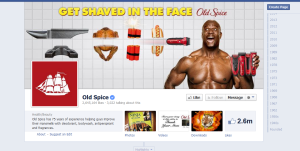
Old Spice does a good job of keeping the tone and look of its Twitter, Facebook and YouTube pages cohesive.
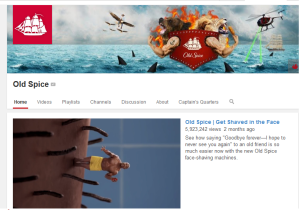
This is the Old Spice YouTube page, which uses the same logo as the other two pages, the same banner as the Twitter page, and a featured video that relates to the Facebook cover photo.
Tips to make your social media accounts feel cohesive.
- Make the banner, cover photo, or icon image cohesive among sites. If you’re using images of your products, then use similar ones across platforms. Or if you want to use different images, try to keep the color scheme similar, so it feels like the brand even on different sites.
- Stick to the same tone on different sites. You’re building a personality with your brand, and you want that to be noticeable and distinctive. So don’t be very formal on one site and whimsical on another. Keep the tone as similar and as close to your personality as possible.
- Don’t be afraid to reuse content! You can post the same picture to your Facebook, Twitter and Instagram account without committing a social media faux pas. In fact, if you link the accounts together, it may automatically post the same content to multiple sites at the same time to save you time and ensure your followers on all sites will see the new post. Please note that it’s always better to customize content for each channel. If you’re short on time, best is to choose one or two channels to focus on. But if not, you could include an advert of a data entry job in the papers as the 9 best data entry jobs to earn from home on your own schedule to attract in people who’ll make it easier for you to maintain your channels.
- Link between sites, and link back to your blog or main website. With connections between the different sites and accounts, your followers who really like your content will begin to follow you on all different portals, and sharing your content with their friends.
Now that you have some idea of where you want to post your content, it’s time to talk about how to avoid awkward exchanges on social media.
How to effectively interact with clientele online
- Talk to them naturally, so they feel comfortable responding back to you.
- Admit when your company makes mistakes, and see if there’s a way you can make it up to them.
- Show your personality and the personality of your brand. Are you funny, an activist, eclectic? Show it because most likely customers who are interested in your personality will like your products as well.
- Re-Tweet, Like, and share things that your customers have written about your brand. They’ll be excited to be recognized by you and others will see the good things they have to say.
- Find places online to connect with others in a given community – comment on others’ blogs or guest post – and get involved in conversations that will give your brand the right kind of attention.

This tweet from John Gomez was re-Tweeted by Taco Bell to show customer support from their fans and to interact with someone who is already talking about their brand online.
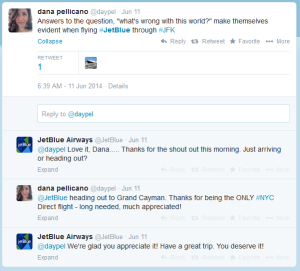
JetBlue Airlines replied to this customer’s Tweet almost as if they’re good friends rather than a corporation and a customer.
Many companies these days will search for their name on Twitter to see what people are saying about them, and respond accordingly. Other brands use social media differently. Here’s a list of 20 companies Forbes praises as using social media well.
This example from JetBlue shows how companies can reach out to those talking about them to show their customers that they are paying attention and care about them.
The way you interact with your fans and followers says so much about you and establishes who you are as a brand. It will either make the difference of your online followers staying interested in you and sharing your content with others or unfollowing you and going to your competition.
Consider how you want to be treated and spoken to as a face-to-face customer or client, and treat your online following that way.
[social_share style=”circle” align=”horizontal” heading_align=”inline” text=”Building your brand on social media takes plenty of coordination and thought. Learn how!” heading=”Like this post? Share it with your followers!” facebook=”1″ twitter=”1″ google_plus=”1″ linkedin=”1″ pinterest=”1″ /]
Have you used any of these techniques to build your brand? What’s worked best for you? Let us know in the comments!
[cta id=”4888″ align=”none”]

